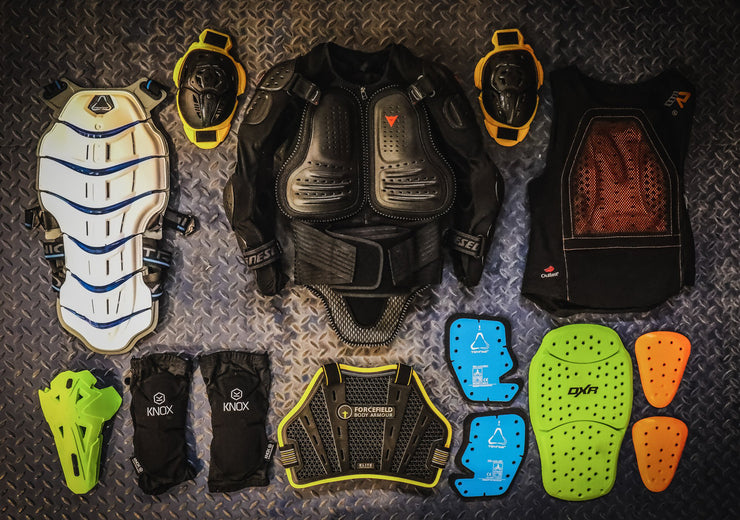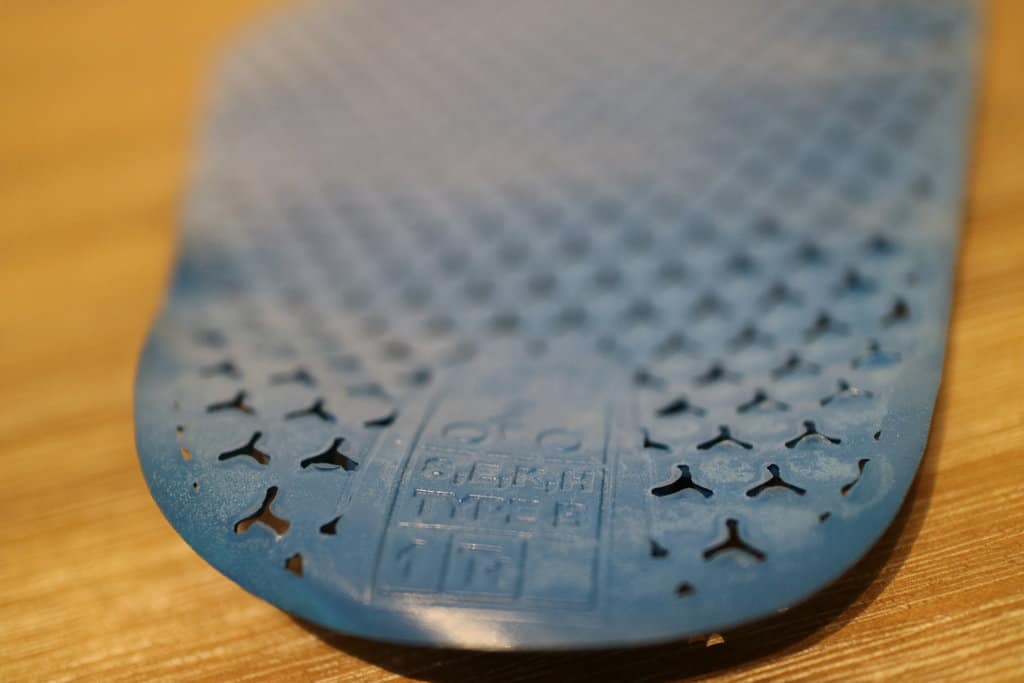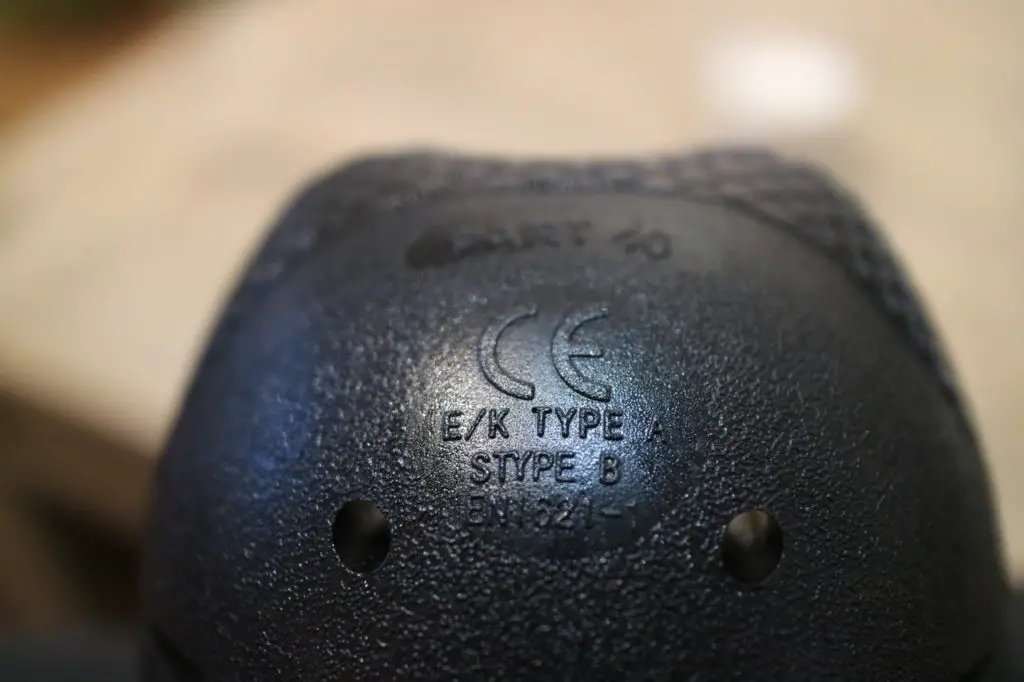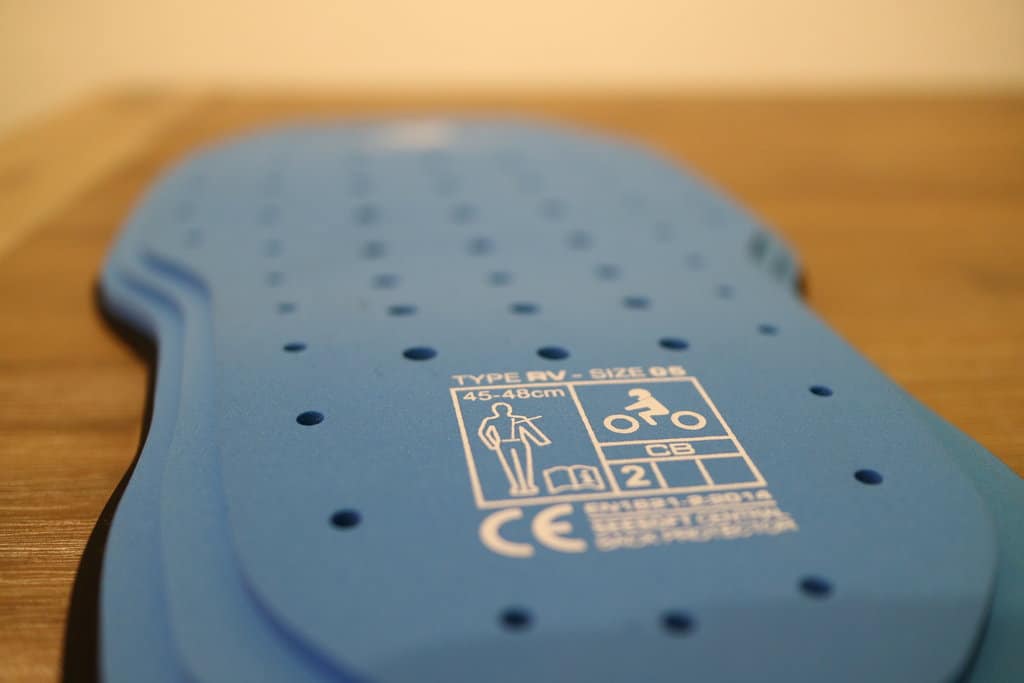CE Armour Ratings for Motorcycle Clothing
Posted by MSG ADMIN

What does CE rating mean?
CE stands for “Conformité Européene” which is French for “European Conformity”. It’s a rating that is being used on all European official documents, so you’ll also find this in European motorcycle safety standards.
North America has (unofficially) adopted these standards. The biggest difference between Europe and North America is the fact that it is mandatory to have a CE rated helmet in Europe, whiles this is not a requirement in North America. In North America, you can use a DOT-approved helmet.
CE rates require even more safety measures than the North American standard, so you could say that CE rated motorcycle gear is at least as safe as DOT-approved gear.
Motorcycle armour comes in two CE levels. You have level 1 and level 2 CE rated motorcycle armour. You can read more about these levels below.

Level 1 vs Level 2 armour, which one is better?
I’ll tell more about these levels below, but I’ll start by answering the question that most readers of this article will have, which is: Which armour is better? Level 1 or level 2 rated armour?
CE Level 2 motorcycle armour is better than CE Level 1 motorcycle armour. It will be able to absorb a higher impact which reduces the chances of injury in a crash.
What is CE Level 1 armour and what does it mean?
CE Level 1 rated armour has to meet a certain standard. This type of armour can have a maximum transmitted force of 18 kN, and no single value shall exceed 24 kN.
Most motorcycle tracks will allow you to enter the track with a CE Level 1 protector, but make sure to check this before you go to your local track.
What is CE Level 2 armour and what does it mean?
CE Level 2 rated armour has to meet certain standards as well. This type of armour can have a maximum transmitted force of only 9 kN, and no single value shall exceed 12 kN.
This means that CE Level 2 rated motorcycle armour will transmit less force than CE Level 1 rated motorcycle armour. The armour will simply absorb more forces, reducing the chances of injury during a crash.

Which armour do you need on a race track?
Most race tracks will allow you to enter the track with CE Level 1 rated motorcycle armour. However, they might want you to meet CE Level 2 ratings when it is a track with more advanced and higher speed turns. I’d advise you to check with your track before you go there, you won’t be the first person to be disappointed when they deny you the access to the track.
How do these EN codes work?
There are certain codes that tell you the rating number of certain clothing. Let’s take EN1621-2:2014 as an example. Every part of this code tells it’s own story.
First of all, the numbers following EN are an indication of what the protection is rated for. In this example, 1621 indicates that the armour is rated for motorcycle use.
Next up, -2 is going to tell us the area of protection. A -1 code indicates that the armour can be used pretty much anywhere on the body, except the back. A -2 code indicates that the armour is meant to be used for the back.
Finally, 2014 refers to the year when the standard was implemented. These standards are being reviewed every few years so you’ll want to buy a protector that meets the latest standards.
A rating that you will see less often is the EN340:2003 rating. The 340 is a general standard that is not specifically designed for sports or motorcycles. A 1621 rating always goes beyond a 340 since it’s specifically designed for motorcycles.
Want to know more about the EN1621 codes? This is what the code tells you:
S – The armour is designed for the shoulder
E – The armour is designed for the elbow
H – The armour is designed for the hip
K – The armour is designed for the knee
K + L – The armour is designed for the Knee + Upper and Middle Tibia
L – The armour is designed for the front of the leg below a K protector (shin bone)
KP – The armour is designed for the knuckles
A – reduced coverage for specialized applications
B – normal coverage
B or FB – Full back protector
CB – Central back protector
L or LB – Lumbar protection only

Which areas of the body should have armour?
Studies show that there are some areas of the body that have a significantly higher chance of high impact during a crash than other parts of the belly.
For example, the shoulders and elbows usually get some damage during a crash, whiles the belly area stays fairly safe.
Personally I have armour in the following areas:
Shoulders
Elbows
Knees
Back
I personally think that a back protector is the most important piece of armour of all kinds. The back is full of nerves and injury to the back can mean the difference between life or death.

